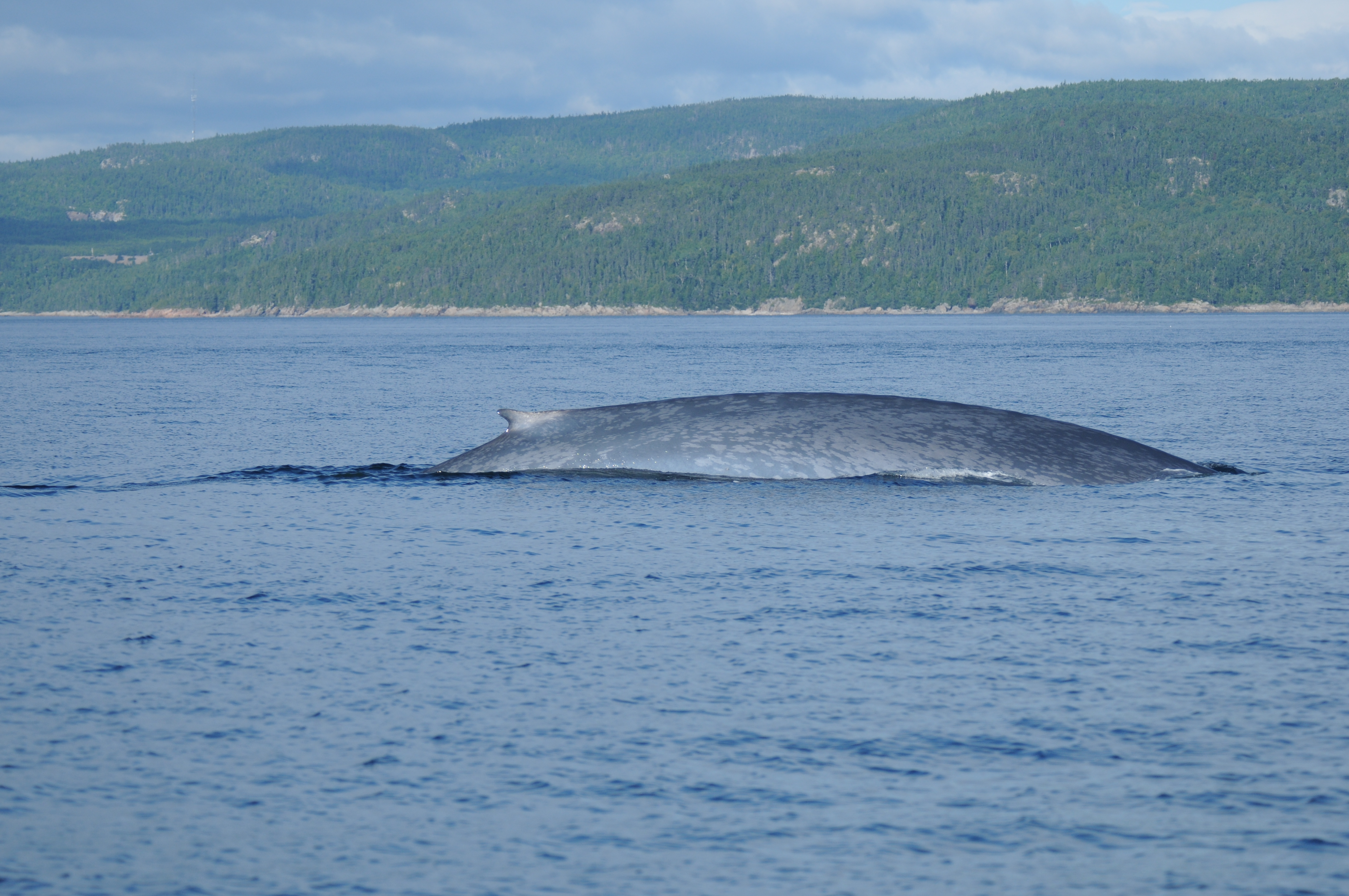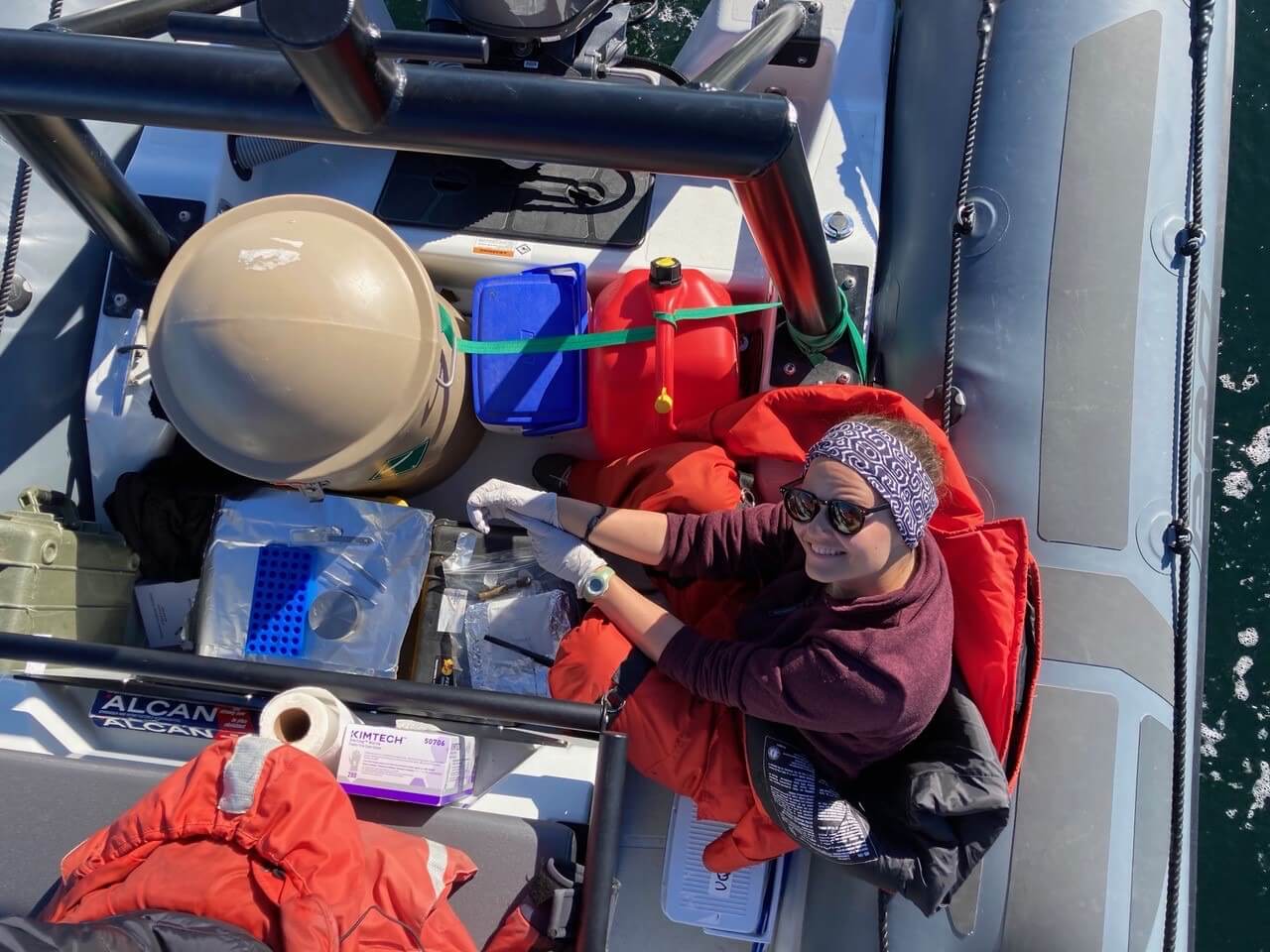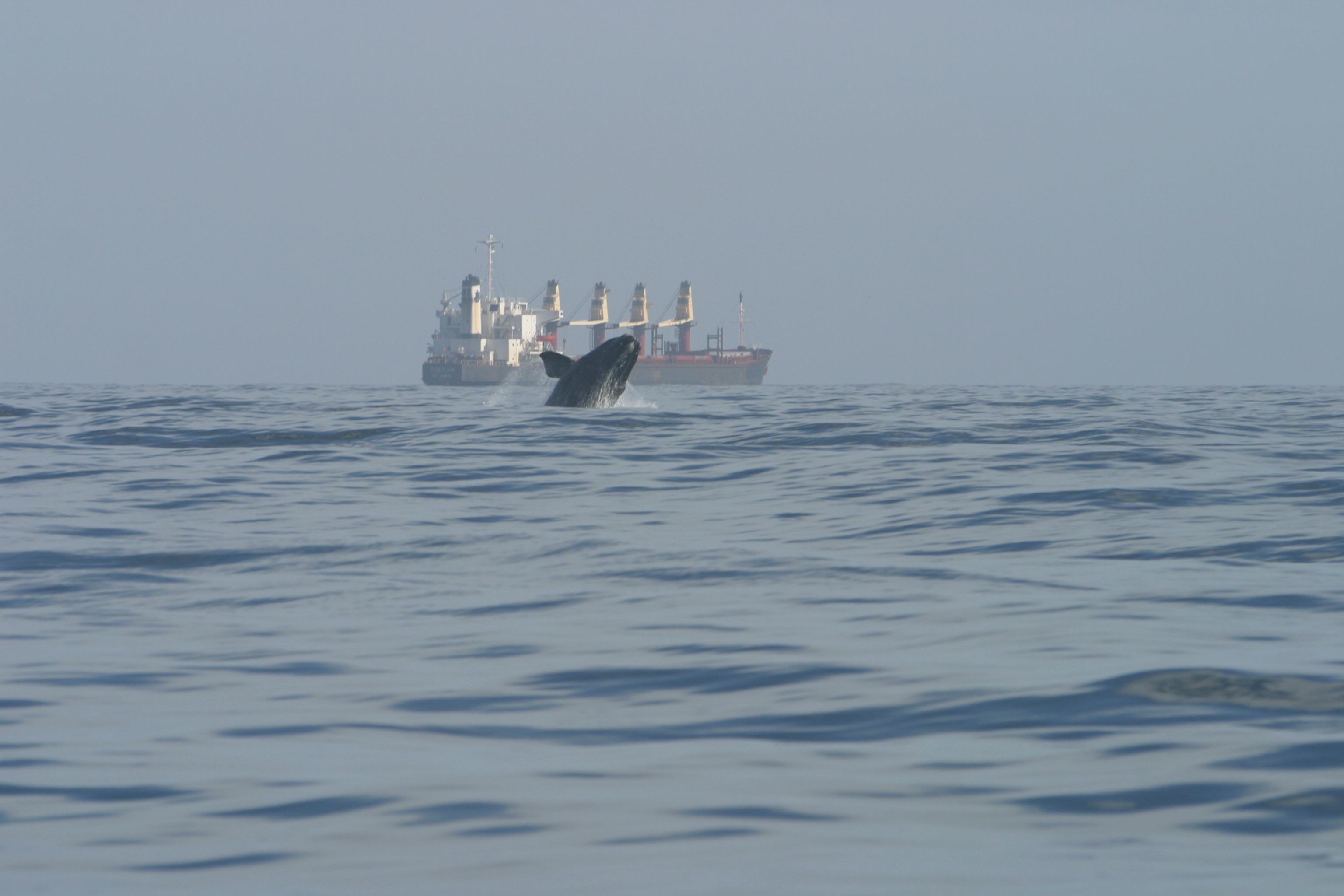Noise pollution is a growing threat for whales, notably for the beluga population of the St. Lawrence, which is affected by the frequent passing of commercial vessels. Elsewhere in the world, such as in the Mediterranean and off the coast of California, shipping traffic noise is exacerbated by sounds associated with military sonar. Since the late 1980s, researchers have suspected a connection between military exercises and mass strandings of beaked whales. A recent study published in Proceedings of the Royal Society confirmed this correlation and explained the physiological causes of the phenomenon.
A Well-Documented Story
Military sonars are active medium-frequency sonars that have been used since 1960 to detect submarines. Beaked whales – which belong to the family of toothed whales – are particularly sensitive due to the fact that their auditory system detects medium frequencies. Prior to this period, very few mass strandings of beaked whales had been documented.
Between 1960 and 2004, of the 121 documented strandings involving beaked whales, at least 37 were temporally and spatially associated with exercises involving military sonar or in proximity to a naval base.
One event in particular drew scientists’ attention to a new issue. In 2002, 14 beaked whales were discovered stranded in the Canary Islands at a time when military sonar was being employed by NATO. Necropsies revealed signs that pointed to decompression sickness. This condition is characterized by the accumulation of nitrogen bubbles in the blood and tissues due to a rapid decrease in ambient pressure. In addition to affecting divers during their ascents, decompression sickness can also affect marine mammals, despite the fact that they are well adapted to aquatic life. This discovery was controversial within the scientific community because it was long believed that whales were insusceptible to this condition.
Since that incident, scientists have sought to confirm the connection between military sonar, decompression sickness, and mass strandings. The pooling of new knowledge has helped take stock of the issue and eliminate persistent doubts about the role of sonar in the death of several beaked whales.
Stress and Nitrogen Bubbles
Unlike divers, whales are adapted to aquatic life (article in French) and have developed ways to avoid the formation of gas bubbles. For example, when diving, whales decrease their heart rate and the diameter of their blood vessels in the peripheral parts of their body, which both saves oxygen and reduces the spread of nitrogen in their tissues.
Beaked whales are champion divers. Reaching depths of over 1,000 metres, they can feed near the seabed for one to two hours. For the sake of comparison, humans are likely to suffer from decompression during dives of 30 metres or more. Between dives, beaked whales stay at the surface to breathe for just two minutes. They tend to come up to the surface more slowly than they dive, and more slowly than other species of whales. This behaviour might limit the risk of nitrogen bubble formation.
Long, deep dives are associated with a greater risk of decompression sickness. However, the study published in Proceedings of the Royal Society states that the dive profile alone cannot explain decompression sickness in beaked whales; rather, it must be combined with a change in behaviour. And intense sounds may be the culprit. Military sonar is particularly harmful because it emits sound waves in the SOFAR (Sound Fixing and Ranging) channel, a layer of water lying between 600 and 1,200 metres deep, which corresponds to the feeding grounds of beaked whales. In this layer, the particular combination of water pressure and temperature allows sounds to propagate slowly and for thousands of kilometres, thereby affecting beaked whales over a wider area.
The behaviour of beaked whales in response to sonar varies. Some individuals dive for longer periods and at greater depths, which might increase the risk of nitrogen bubble formation. Others will instead increase the intervals between dives despite the negative impact on their diet. Lastly, whales may also quickly move away from the source while increasing their heart rate and muscle contraction in their limbs, which might contribute to the spread of gas in the tissues or to an overly rapid decompression, resulting in death.
Sticking Around Despite the Noise
But if beaked whales are so disturbed by sonar, why do they remain in the area? A California study published by the Journal of Applied Ecology has shown that one species of beaked whale, the Cuvier’s beaked whale, is dependent on the military zone, which contains an area rich in squid, their prey of choice. Researchers have calculated the viability of other potential nearby habitats for the population by determining the number of dives individuals would have to make daily to eat their fill. In habitats outside the military zone, whales would need to make between 22 and 100 dives, which would be difficult or impossible considering that the squid are found at great depths. In their current habitat, they can fully meet their daily dietary needs with a single dive!
Thus, despite the inconvenience caused by the occasional use of sonar, beaked whales remain in their habitat to feed. What effects will sonar have on the population demography of beaked whales over the long term? Some data indicate that populations exposed to sonar might have lower reproductive success.
In 2004, the European Parliament requested a moratorium on the use of military sonar. To date, only Spain has adopted such legislation around the Canary Islands, and no mass strandings have been reported in the region since. Thus, the authors of the study suggest limiting the use of medium-frequency sonar to those places where they have historically been used without triggering any mass strandings. Canadian populations of beaked whales are not exposed to military sonar, but may be similarly affected by underwater explosions or seismic surveys.





